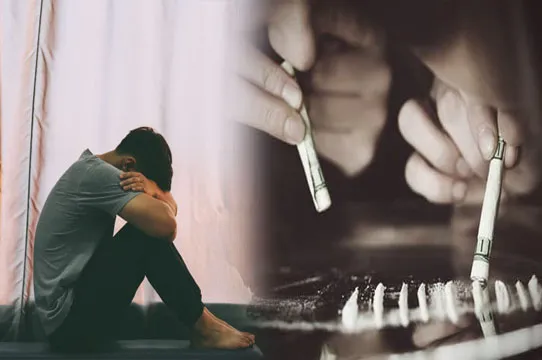The number of people who have died in Bolivia due to floods caused by an overflowing river in the eastern Santa Cruz region has risen to 20. Deputy Civil Defense Minister Alfredo Troche announced on Monday that this number may increase as rescue teams reach areas that were hard to access before. Officials report that at least two dozen individuals are still missing, and hundreds of families are now without homes after several days of heavy rain. “Sadly, we have confirmed 16 more deaths, bringing the total to 20. We also have around two dozen individuals missing,” Troche stated during an interview with Bolivia TV. He mentioned that helicopter rescues have saved at least 300 people, and about 2,100 families have been affected near the River Pirai. The National Meteorology and Hydrology Service noted that the heavy rainfall started early on Saturday. One survivor, clearly shaken, shared her experience of being trapped until neighbors found her. “I kept yelling until they heard me, but we couldn’t do anything else. We tried to get to the road but couldn’t get through,” said Saturnina Quispe. Video footage captured a bridge collapsing under the power of the flood while crews used heavy machinery to clear debris and help restore access to the impacted areas. Officials are hopeful that weather conditions will get better in the coming days, which will help rescue efforts as water levels start to go down. Meteorologists have warned that the effects of the El Nino and La Nina weather patterns are causing heavier rains in the Amazon basin.


















